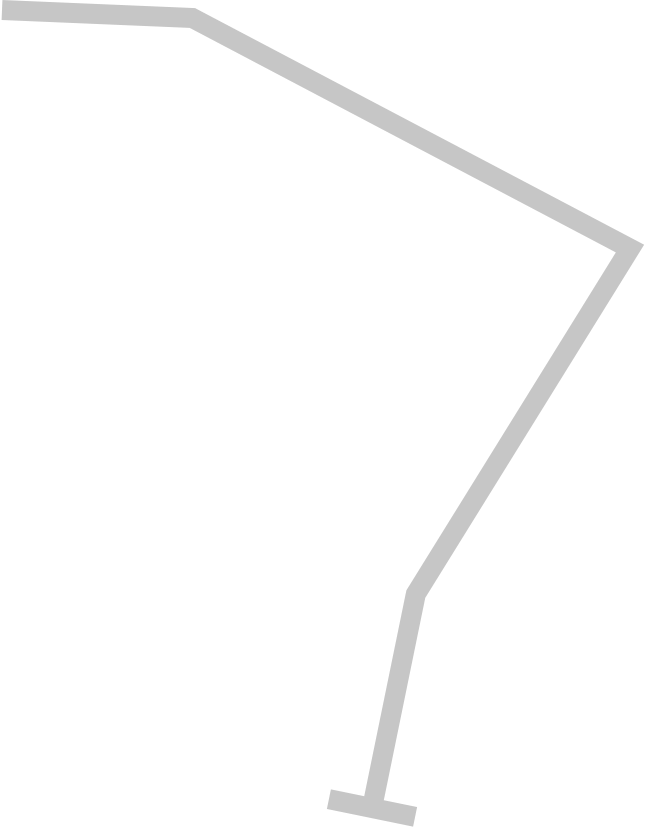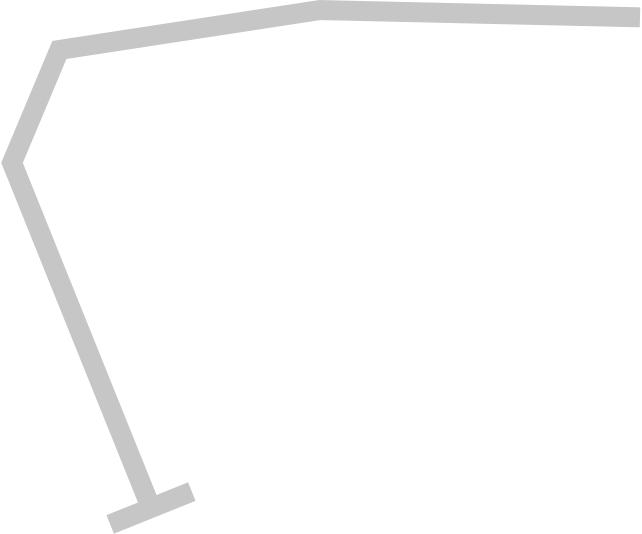The technology is constantly evolving but it's important to base your approach to sustainability on a sound framework
At Prologis we take a three-step approach which includes the use of evolving technology.
At Prologis we take a three-step approach which includes the use of evolving technology.
To reduce operational carbon emissions, the first step is to implement passive design measures to reduce the need for energy. These include high levels of airtightness and insulation to reduce potential heat loss. Our cladding specification and detailing provide insulation that is well in excess of Building Regulations, while pressure tests show that we can achieve air-tightness levels up to 80% better than the statutory requirement.
Rooflights on 15% of the warehouse roof area maximise the use of daylight, while optimal orientation takes into account the path of the sun and the prevailing winds. Where possible, offices are designed on a narrow floorplate with dual aspect glazing to take advantage of natural daylight and allow for effective passive ventilation. We also provide solar shading to ensure thermal comfort and avoid solar gain.

When energy use becomes essential, we specify and install the most energy efficient plant available, such as intelligent lighting with low-energy fluorescent fittings, daylight linking and presence-detecting controls. High-efficiency, low-NOX boilers with thermostatically controlled radiators heat the offices and different parts of the building are sub-metered to help customers track and manage their energy consumption.

Once the operational energy use in the building has been minimised, we can design and install low-or zero-carbon technologies to meet the customer's specific operational needs and, as a result, further reduce operational carbon emissions.
Solar PV has been around for some time now but it's only recently that we've been able to measure just how much 'free' energy they can create. Our data shows that relatively small PV arrays can generate enough energy to take buildings off-grid during daytime. Data also shows that sizing arrays to daytime demand is covering around 40% of annual consumption. The end result is a building like DC115 at DIRFT where the annual running cost for a 115,000 square foot building can be as low as £10,000.